INTRODUCING

Born in 1986, Smail Kanouté is a French-Malian graphic designer, dancer and silkscreen artist, graduate of the ENSAD. He lives and works in Paris. Among many projects, he has worked in fashion with the designer Xuly Bet, performed at the Ballets de l’Opera in Marseille, at the Basilica of Saint-Denis, at theCentQuatre, at the Institute of Islamic Cultures in collaboration with SIFAT for the Nuit Blanche; also with Philippe Baudelocque Tino Sehgal’s major exhibition ‘These Associations’ at the Palais de Tokyo in 2016.

Smail Kanouté’s work is cross-disciplinary and infused with energy and poetry.
CROSS-DISCIPLINARY, HYBRID and ECLECTIC. Smail connects disciplines and techniques in unexpected ways, weaving together textiles with serigraphy; tech with dance. In his Afro Ninpo series for instance, each print mixes styles and motifs from Japan, Australia, South Africa and Mali for us to seek and find resonances between seemingly distinct cultures.
ENERGY AS IN A DANCE, where the body morphs into something new from one project to the next. Each brushstroke is like a spark of electricity in Jidust; or a rhythmic screenprint in DancInk. Movement describes an aerial script that can be read like a text with multiple layers.
POETRY underscores his exploration of identities: in Les Actes du Desert for instance, sand is interspersed with dance and voice recordings from his trips to Mali to reflect on spiritual ancestry -attuned to the Malian saying that “dust retains the memory of ancestors”. Grains of sand slip through his fingers like specks of life. Requiem is an ode to the whirling dervishes’ gestures and to the royal history of the Saind-Denis Basilica in Paris. Both are tokens of ritual and of lineage.
Now for this first interview with Smail, a couple of questions to find out more…
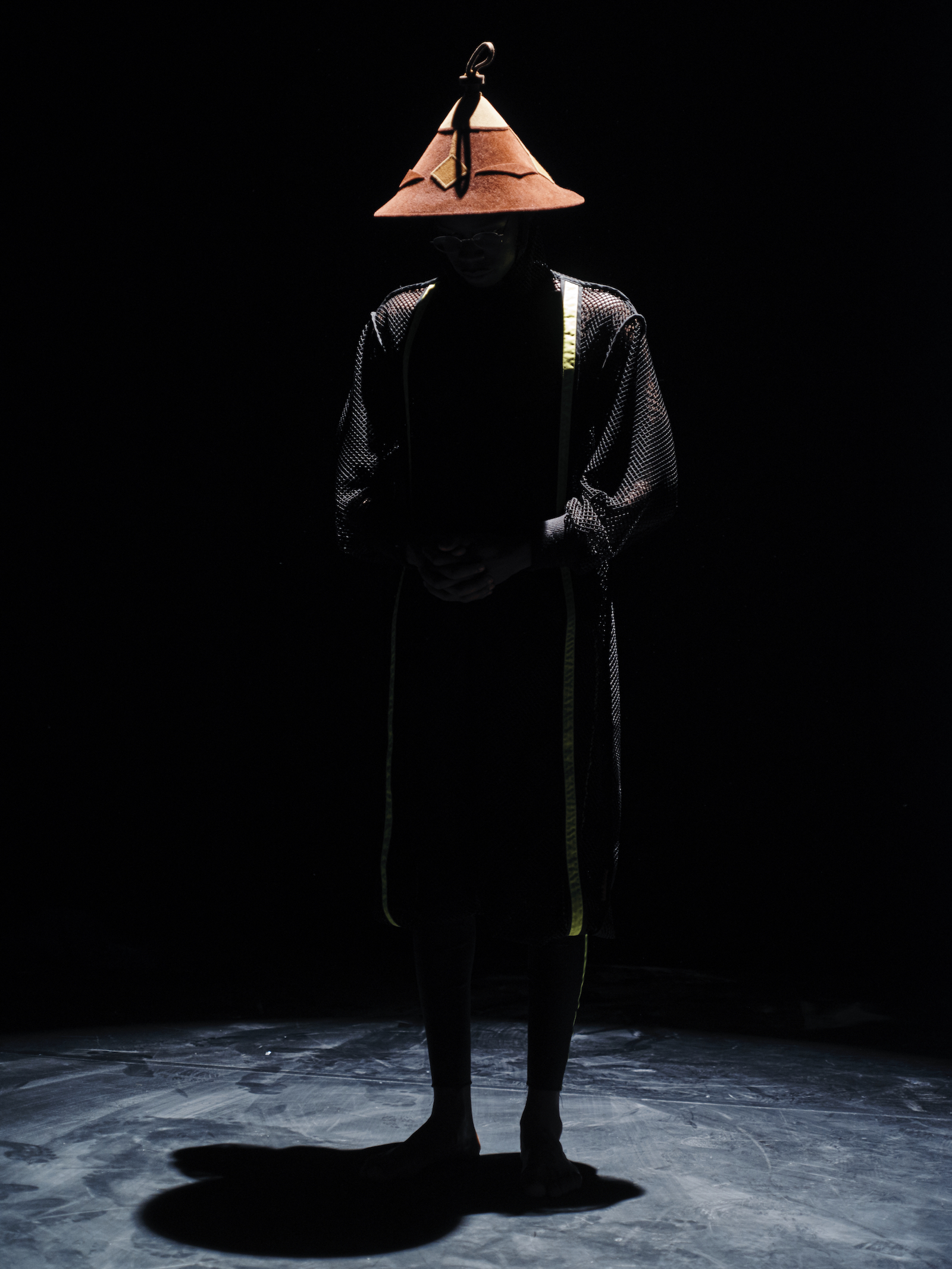
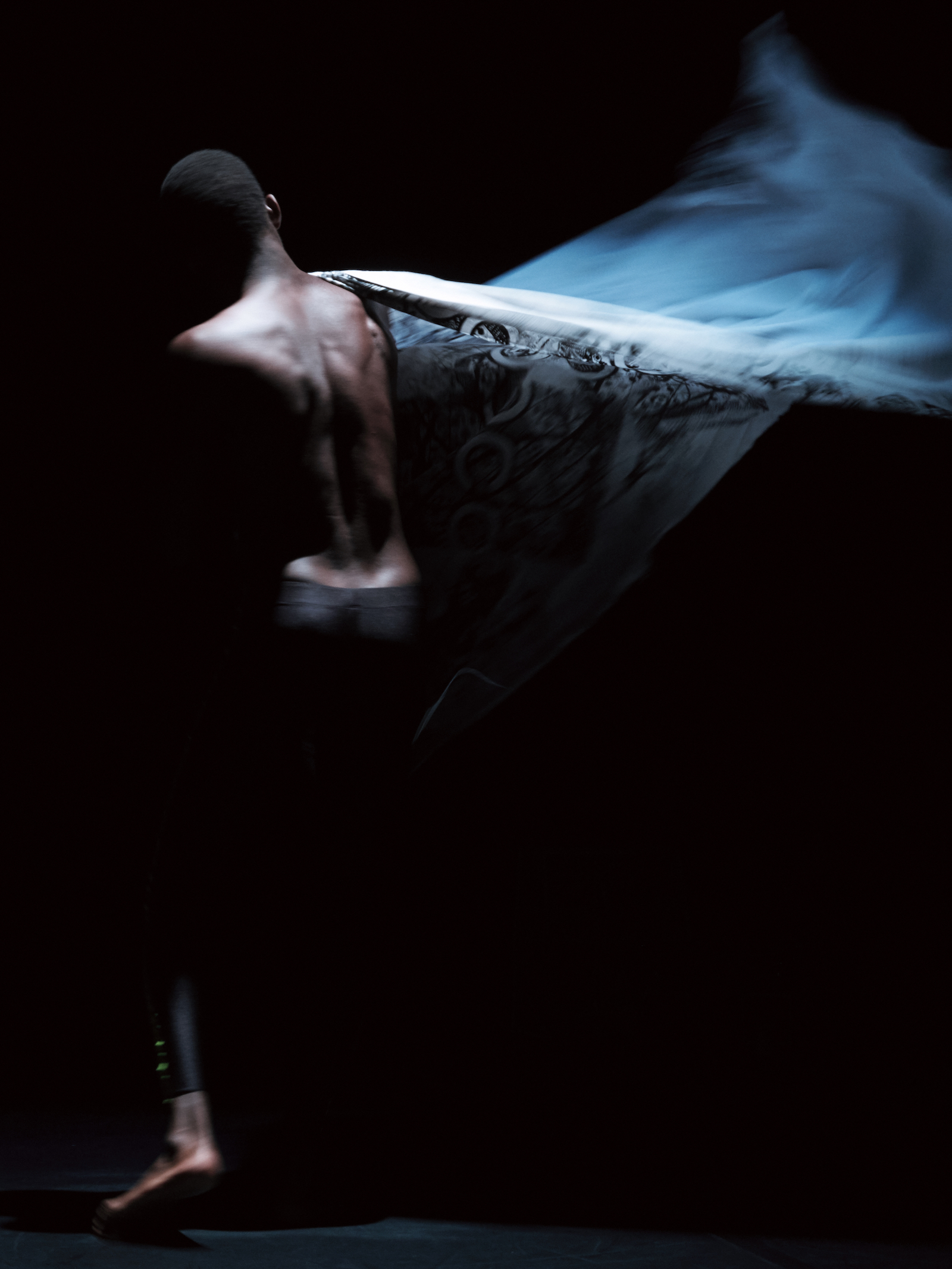
Which of these elements (space, air, fire, water, earth) would you choose in relation to your practice and yourself, and why?
I choose the land because for me it represents our roots. We are made of matter, of particles and of dust. The earth evolves like life and everything is ephemeral like a gesture, an image, a scent, a moment, a sound, an emotion. The earth is where I feel best.
Dust to me is always in motion.
Is there a particular person that inspired you to become an artist?
Yes, Christine Lehot is the one who motivated me to become an artist. She helped me overcome my stuttering by teaching me breathing techniques to speak confidently in front of an audience. She encouraged me pass the entrance exam to the Arts Deco and the Fine Arts School in Paris. Her optimism helped me in drawing, painting and self-confidence.
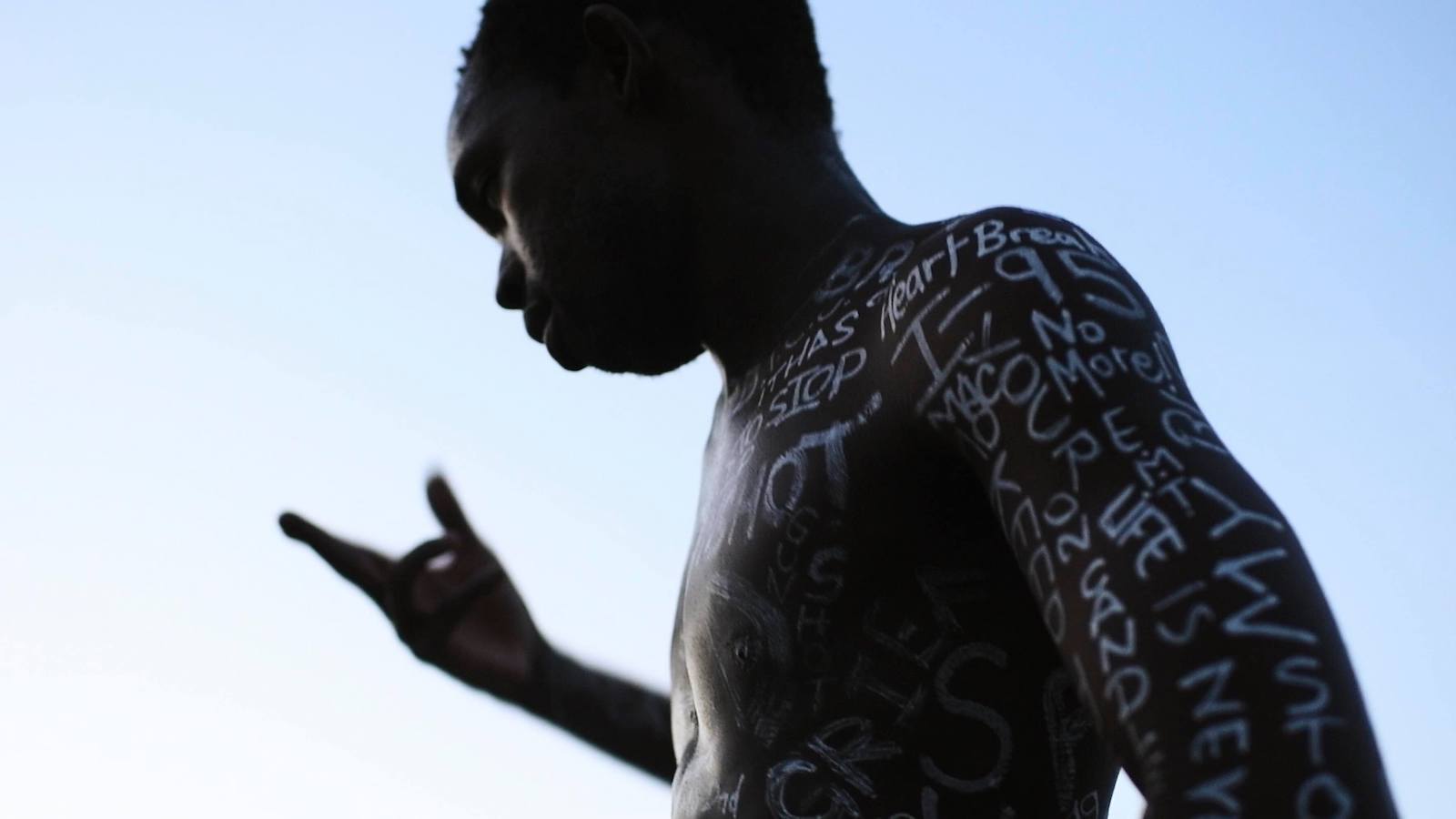
Is there a particular person that inspired you to become an artist?
Yes, Christine Lehot is the one who motivated me to become an artist.
She helped me overcome my stuttering by teaching me breathing techniques to speak confidently in front of an audience.
She encouraged me pass the entrance exam to the Arts Deco and the Fine Arts School in Paris. Her optimism helped me in drawing, painting and self-confidence.

What do new technologies represent for you as a dancer and choreographer?
New technologies are like a conversation for me, in the sense that I respond to them to visualise things that are intangible: technology can make a thought, a breath, a gesture open to further dreams and emotions. I am also interested in the combination of tech and graphic art.
For Jidust in particular, you mentioned the notion of ‘breath’ which also recalls language, and therefore writing .. could you tell us more about other works / projects to come?
Yes my next project ‘Never Twenty One’ is based on gun violence.
I will explore the marks and scars that words, memories and absence leave on the body.
The trio of dancers will explore this narrative through gesture. So yes I keep working on language, on stories that can be translated into dance. In parallel, a triptych of videos will allow different cultures and languages to meet and communicate with each other, in NYC, in Tokyo and in Benin.

Do you consider yourself spiritual and how does this feed into your work?
I am spiritual in the sense that when I paint or draw I meditate.
I love to create during Ramadan because that’s when I feel most inspired to focus on the essence of things.
Whirling dervishes for instance, I find it beautiful how the more they turn the more they feel centred and connected to the universe. This makes one feel alive in the present. I try to make visible these invisible sensations, through dance or graphic design.
Is there a type of music/book/author in general that stimulates you?
I love “The Alchemist” by Paulo Coelho, and Amadou Hampâté Bâ’s stories. Music stimulates me as well, especially the kora instrument of West Africa which connects me to my ancestors.
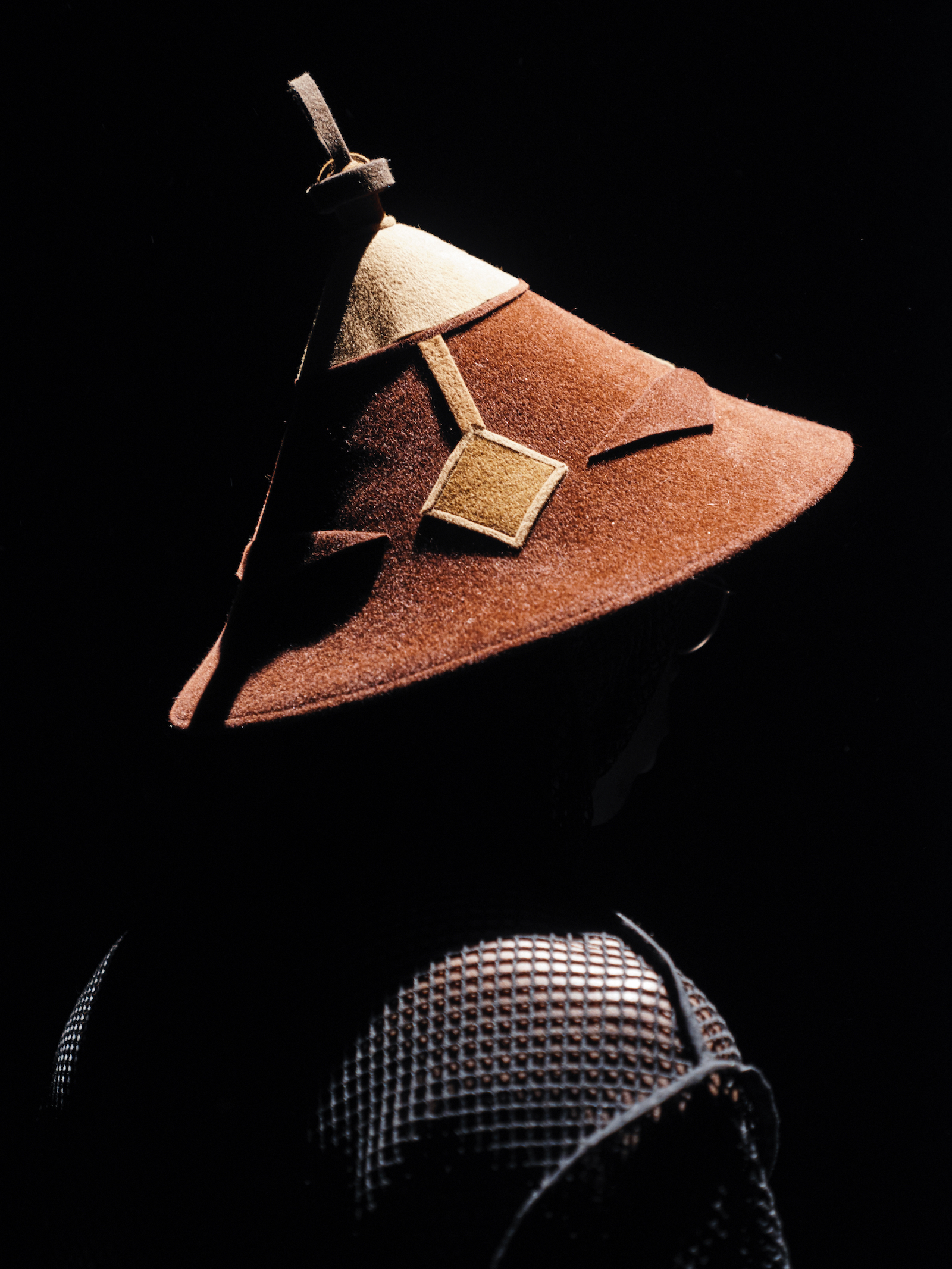
The Afro-Ninpo series incorporates motifs from different cultures. This plurality emphasizes that of your choreographic approach, always versatile … dance for you is a dialogue with …?
Dance is a dialogue with time.
I work on the present, the past and the future, as well as afro-futurism.
When I dance I am in dialogue with space-time as I aim to move across different memories or atmospheres I have experienced in Rio, Paris, Bamako to bring these together on stage and make them coincide.
At the source of any choreography or painting I reflect on these elements that recur in my work:
lines, curves, colours, rhythms, emotions.
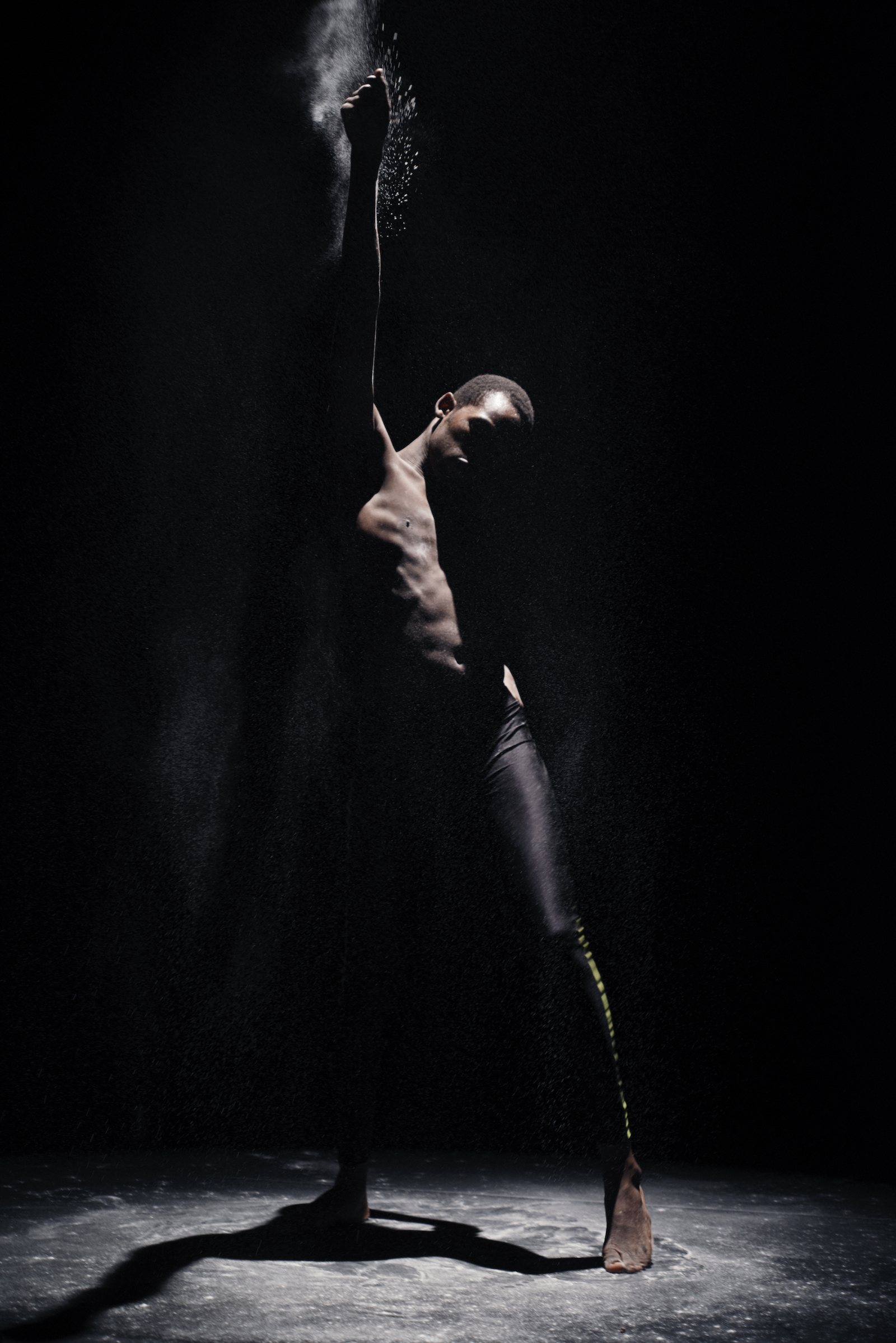
Please tell us what you are currently working on and what you are looking forward to this year.
In one of my live performances, ’Jidust’, my body moved like a brush, drawing lines that appear and vanish in space.
The screen on stage, ‘waterlight graffitii’ consisted of thousands of LED that lit up in contact with water.
I brought together dance and water with light here to show the fluidity of dance and how the speed of light can become the thread of the choreography.
In terms of graphic design, I collaborated with PANAFRICA SHOES on two models of shoes called Mopti and Gao, in reference to my Malian origins.

Read and watch Smail Kanoute perform on his website
Header Photo: © Henri Coutant
Author: Alexandra Etienne
